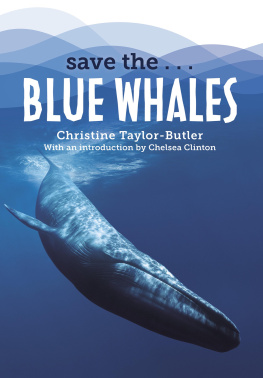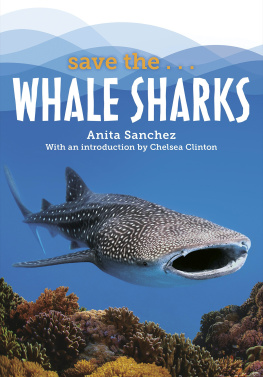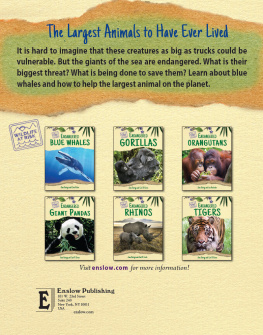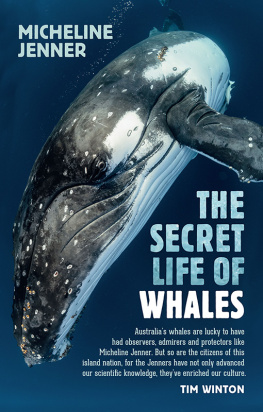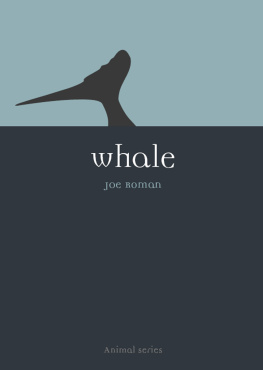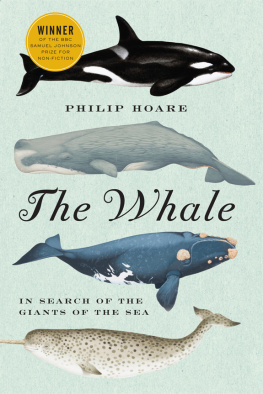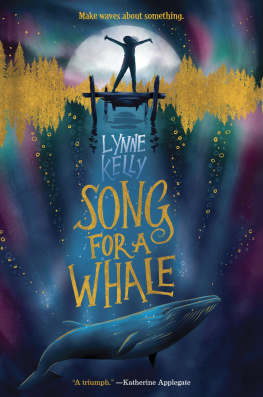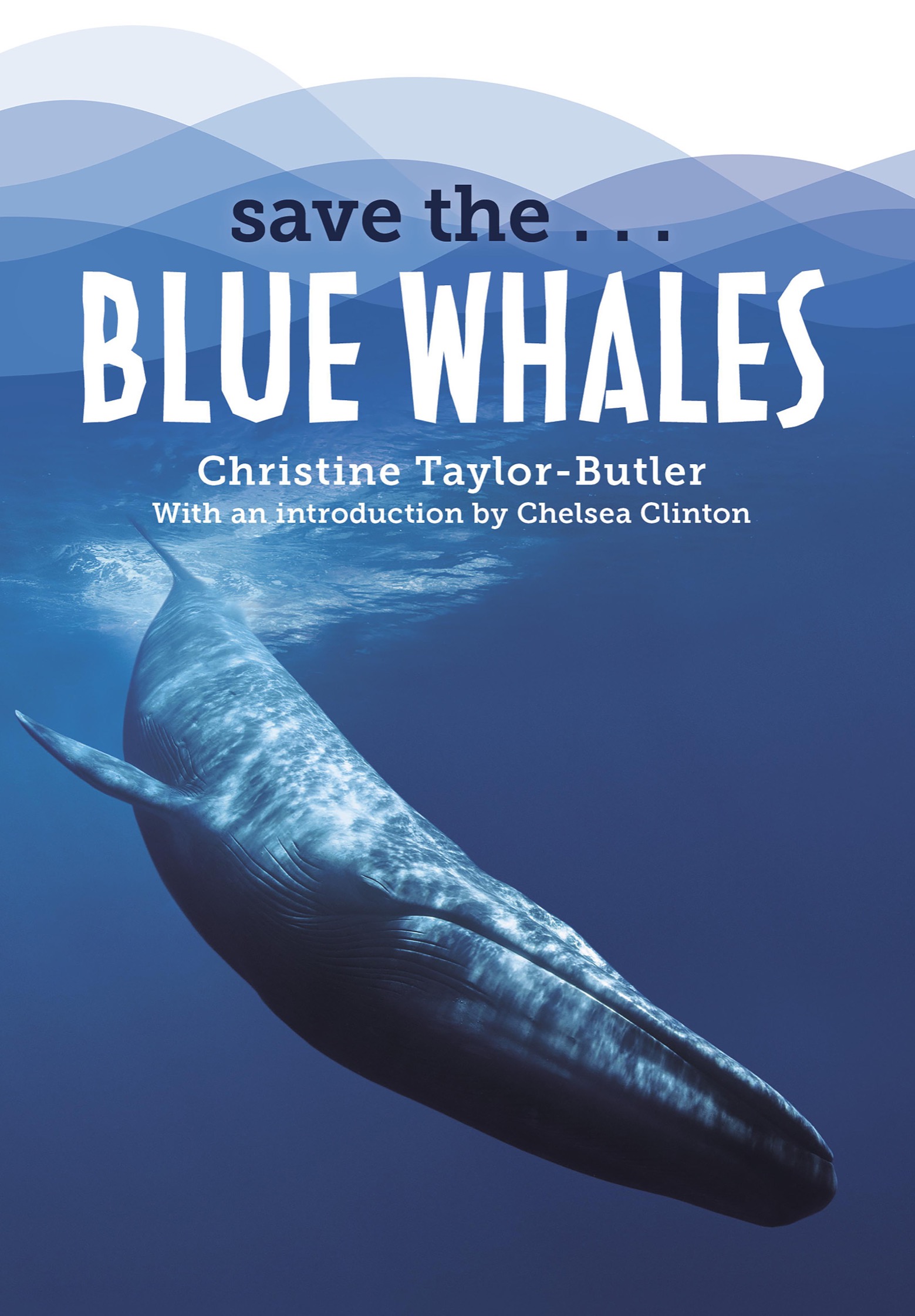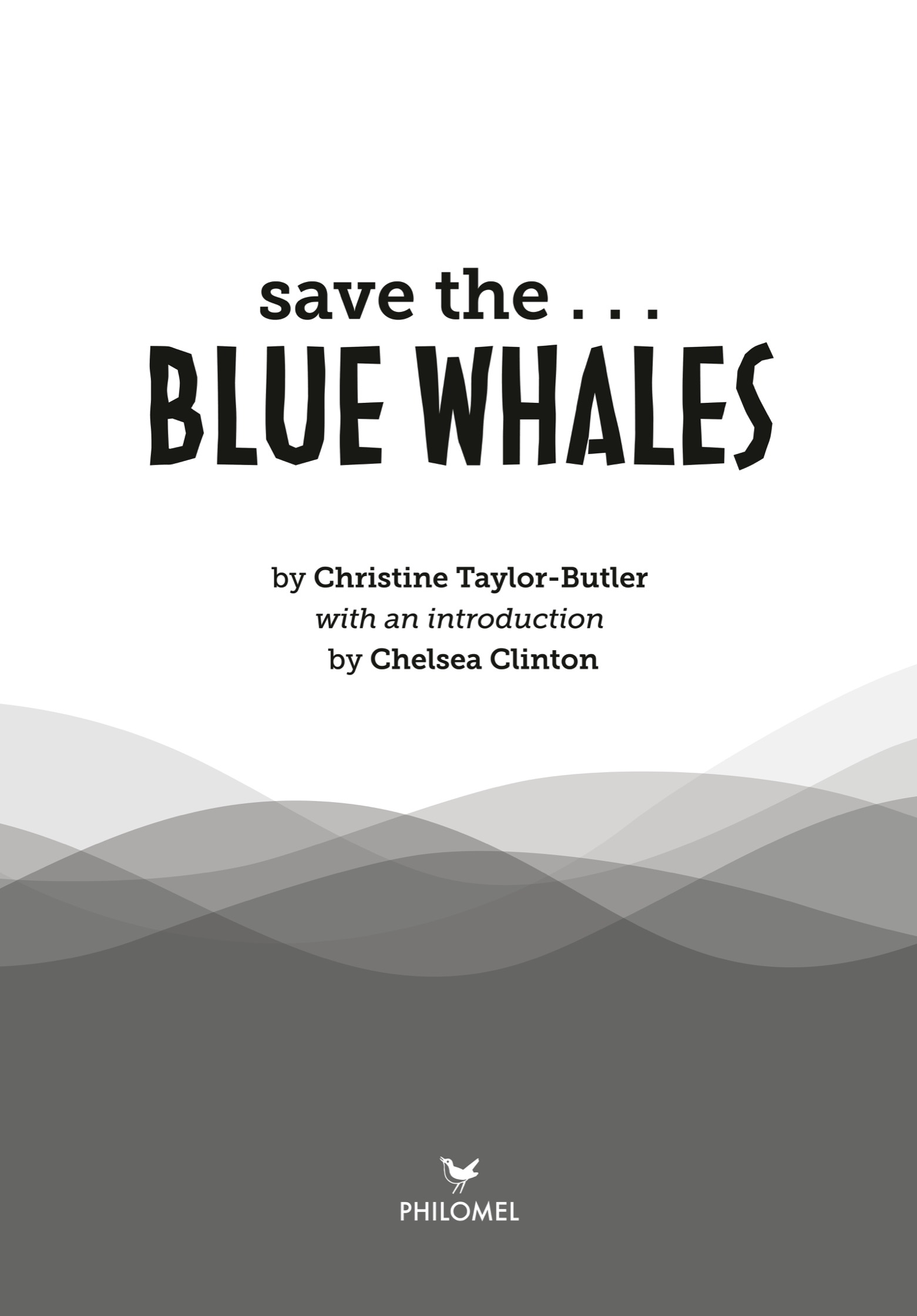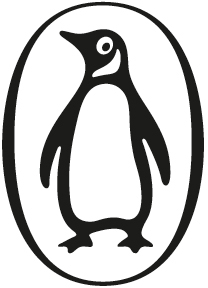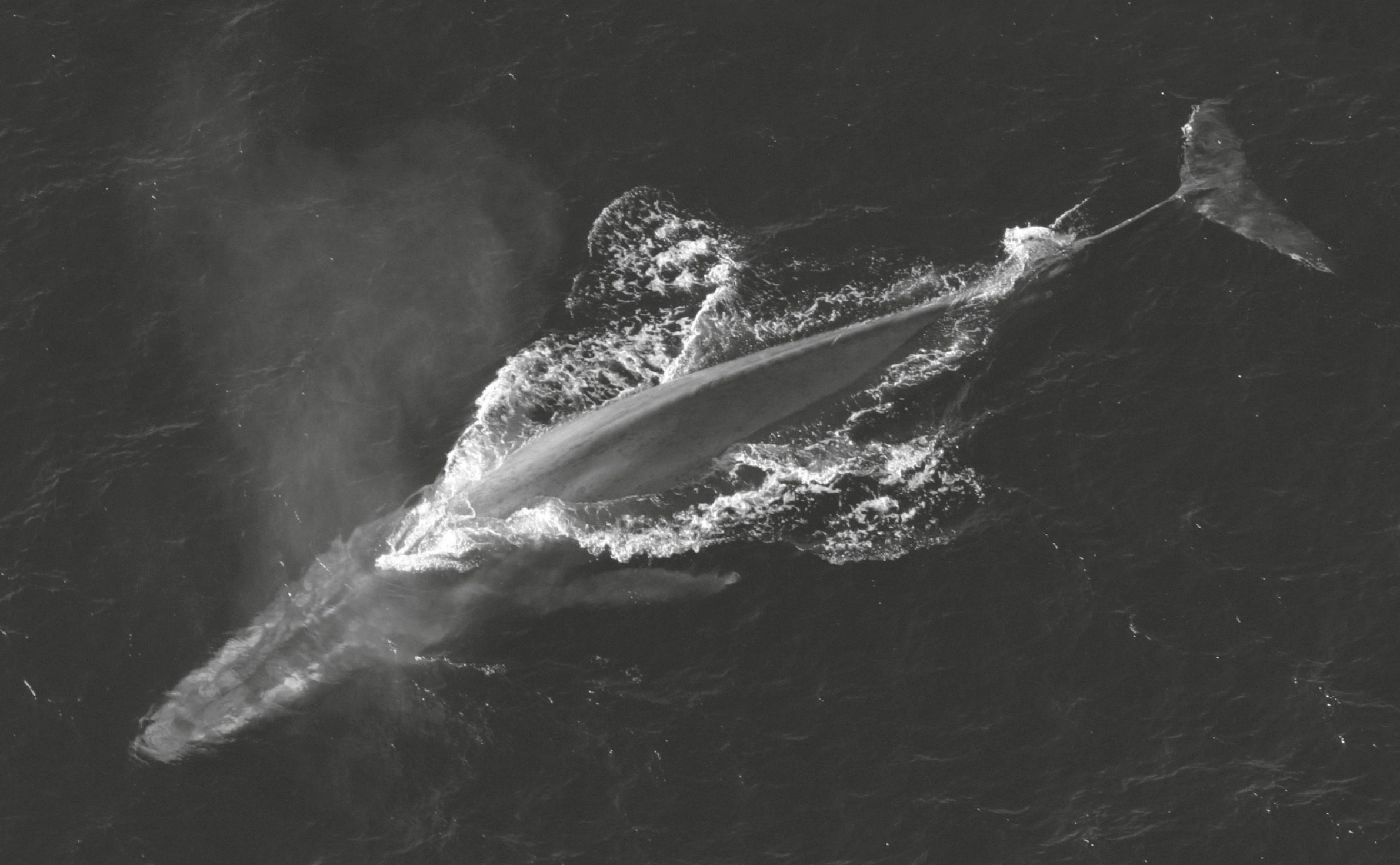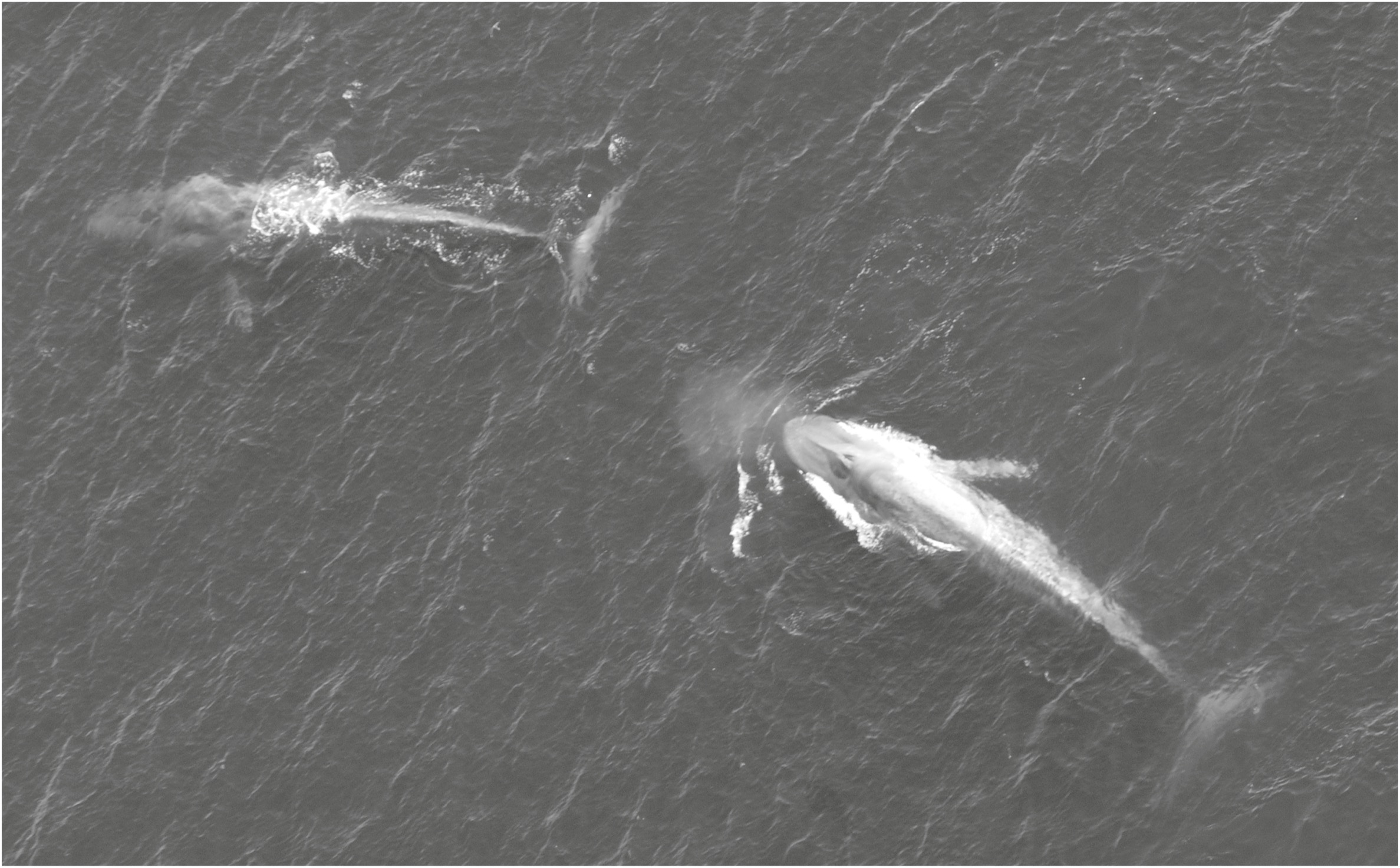PHILOMEL BOOKS
An imprint of Penguin Random House LLC, New York
First published in the United States of America by Philomel Books,
an imprint of Penguin Random House LLC, 2023
Text copyright 2023 by Chelsea Clinton
Photo credits: : David J. Shuler/Adobe Stock
Penguin supports copyright. Copyright fuels creativity, encourages diverse voices, promotes free speech, and creates a vibrant culture. Thank you for buying an authorized edition of this book and for complying with copyright laws by not reproducing, scanning, or distributing any part of it in any form without permission. You are supporting writers and allowing Penguin to continue to publish books for every reader.
Philomel Books is a registered trademark of Penguin Random House LLC.
Visit us online at penguinrandomhouse.com.
Library of Congress Cataloging-in-Publication Data is available.
ISBN 9780593404140 (hardcover)
ISBN 9780593404157 (paperback)
ISBN 9780593404164 (ebook)
Edited by Talia Benamy and Jill Santopolo
Design by Lily Qian, adapted for ebook by Andrew Wheatley
The publisher does not have any control over and does not assume any responsibility for author or third-party websites or their content.
pid_prh_6.0_142226813_c0_r0
Dedicated to young readers everywhere.
Remember to dream big.
You are the key to saving our planet.
save the...
save the...
Blue Whales
save the...
Elephants
save the...
Frogs
save the...
Giraffes
save the...
Gorillas
save the...
Lions
save the...
Polar Bears
save the...
Tigers
save the...
Whale Sharks
Dear Reader,
When I was around your age, my favorite animals were dinosaurs and elephants. I wanted to know everything I could about triceratopses, stegosauruses and other dinosaurs that had roamed our earth millions of years ago. Elephants, though, captured my curiosity and my heart. The more I learned about the largest animals on land today, the more I wanted to do to help keep them and other endangered species safe forever.
So I joined organizations working around the world to support endangered species and went to our local zoo to learn more about conservation efforts close to home (thanks to my parents and grandparents). I tried to learn as much as I could about how we can ensure animals and plants dont go extinct like the dinosaurs, especially since its the choices that were making that pose the greatest threat to their lives today.
The choices we make dont have to be huge to make a real difference. When I was in elementary school, I used to cut up the plastic rings around six-packs of soda, glue them to brightly colored construction paper (purple was my favorite) and hand them out to whomever would take one in a one-girl campaign to raise awareness about the dangers that plastic six-pack rings posed to marine wildlife around the world. I learned about that from a book50 Simple Things Kids Can Do to Save the Earthwhich helped me understand that youre never too young to make a difference and that we all can change the world. I hope that this book will inform and inspire you to help save this and other endangered species. There are tens of thousands of species that are currently under threat, with more added every year. We have the power to save those species, and with your help, we can.
Sincerely,
Chelsea Clinton
CONTENTS
BENEATH THE OCEANS SURFACE
Imagine you had to find the biggest animal on the planet. You might be tempted to look for an elephant. If you did, youd be close! Elephants are the biggest animal living on dry land. But they arent the biggest animal on Earth. Where else could you look? In the water, of course! If you were to look, you would discover many creatures living beneath the surface. But only one animal qualifies for this assignment. You need to look for a blue whale.
Blue whales are the largest animals on Earth.
Have you ever seen a blue whale up close? Theyre almost ten times longer than the largest elephant. In fact, blue whales are the largest animal to ever have lived on planet Earth. Theyre much too big to swim in a lake, stream, or pond. They arent found in large shallower waters like the Mediterranean or Red Seas. Blue whales need an enormous body of water to survive.
Luckily, our planet has plenty of deep oceans. They cover about 70 percent of Earths surface. Thats almost 140 million square miles of water. More than enough space for blue whales to swim in! Youll find whales in every ocean except the Arctic Ocean. So finding a blue whale would definitely be exciting, but because the ocean is so vast and deep, its not easy to do.
Whales Move Around!
Blue whales dont stay in one place all year round. They migrate. That means they change locations when the seasons change, to find food or to mate. A scientist once tracked a blue whale as it migrated. It traveled almost 1,600 miles in a single month. Thats about as far as driving from Los Angeles, California, to Kansas City, Missouri!
Their favorite food, krill, thrives best in cold polar regions at the northern and southern tips of the planet. Blue whales swim to those waters in the spring and summer. In the winter, the water becomes much too cold. So blue whales move back to warmer climates closer to the equator. Thats where they breed and have baby whales, called calves. When the weather changes, the whales go back to their feeding grounds. Migrations take about four months in each direction.
Even with all that moving around, blue whales mostly swim alone. If youre lucky, you might see a few blue whales swimming in the same area. That happens when they are breeding and feeding their babies. If there is plenty of food in the area, they might join together in small groups called pods, but that is very rare.
So where would you even start to look for a blue whale? That depends on which type of blue whale you want to find!
Southern Hemisphere Blue Whales
Youll discover three types of blue whales in the southern hemisphere. Thats the southern half of the planet below the equator. Antarctic blue whales swim in the oceans near Antarctica each summer. Then they travel north toward the equator in the winter. Scientists call them true blue whales. Theyre a lot larger than all the other types of blue whales. Scientists arent sure why.

